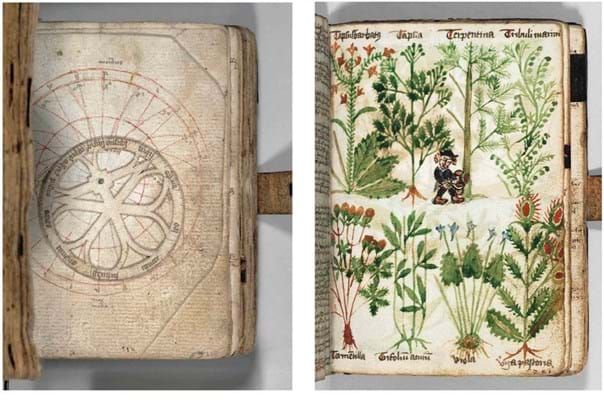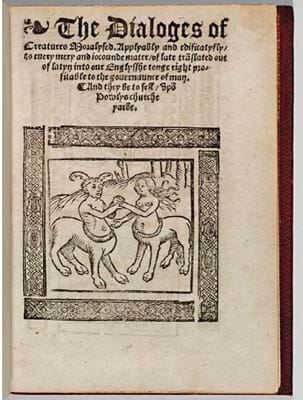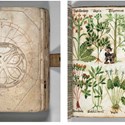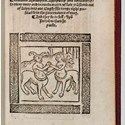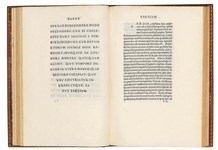Before that it was the copy in the library of the American collector, Robert Hoe, sold in 1911.
In English but printed in Antwerp by Jan van Doesborch, c.1530, it is a translation of a late medieval book of fables – 123 of them in all – and is divided into seven parts dealing with the heavenly bodies, the elements, gemstones, plants, fish, birds and animals.
Each illustrates a moral or lesson and some of them derive from Aesop, but the authorship of this work is variously attributed to Nicolaus Pergaminus and Mayno de’ Mayneri.
The collection is thought to have had its origins in northern Italy in the 14th century but was first printed in Gouda in 1480. It proved immensely popular and appeared in many editions and translations thereafter.
In an attractive 18th century binding of red goatskin gilt, possibly by Alexander of Thompson of Oxford, the New York copy was once part of Richard Heber’s great library.
In the US sale it formed part of the opening section of 75 lots from the estate of Cornelius J Hauck (1893-1967), the heir to a Cincinnati brewery fortune whose monumental History of the Book collection was sold in the same rooms in 2006.
Until the Pierre Bergé sale catalogues started to appear last year, that Hauck sale catalogue had been the thickest and heaviest of the many that line my reference shelves.
The major part of Hauck’s collection of books on botany, which focused mainly on trees, horticulture and landscape gardening, was left to the Cincinnati Historical Society Library, but this extra Hauck sale included many important works in these areas that had remained in the family since his death.
The fable book trebled the high estimate to sell at $90,000 (£70,865).
The most expensive Hauck lot, however, was a German manuscript, in Latin, of c.1400 that combines a compilation of astronomical texts with apparently unpublished medical treatises (the largest portion of the manuscript) and a herbal of some 110pp that is illustrated with 350 coloured plant specimens.
Two pages from the manuscript are reproduced left, one showing a drawing, with moveable volvelle attached at the centre, that illustrates a section on the construction and use of an astrolabe.
The other, part of the herbal and showing various pines, includes a tiny figure collecting sap to make turpentine.
In a partly restored 15th century binding, it appeared in a 1938 catalogue issued by the legendary US dealer ASW Rosenbach priced at a then substantial $4000. In the recent sale it was valued at just $20,000-30,000, but sold instead for $240,000 (£188,975).

